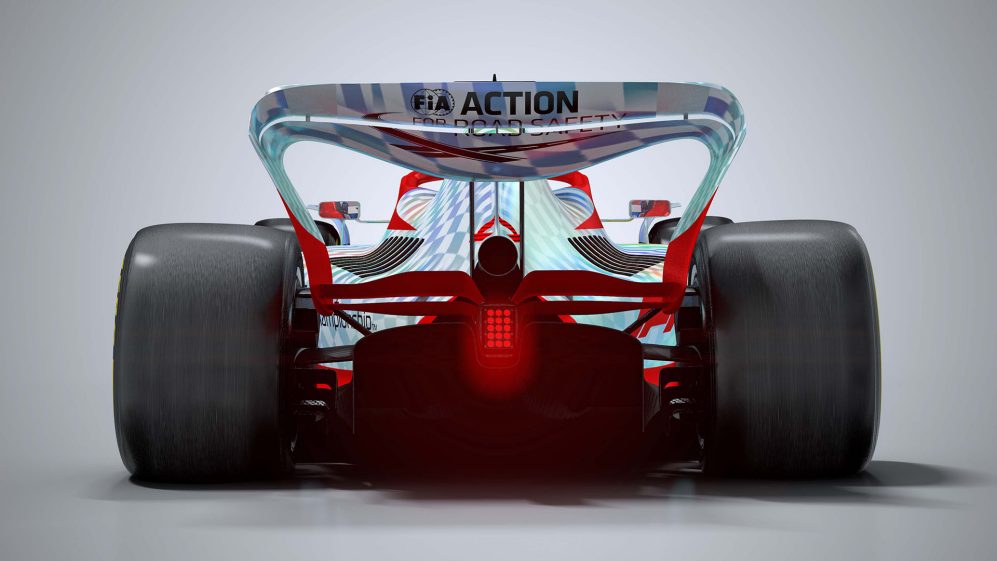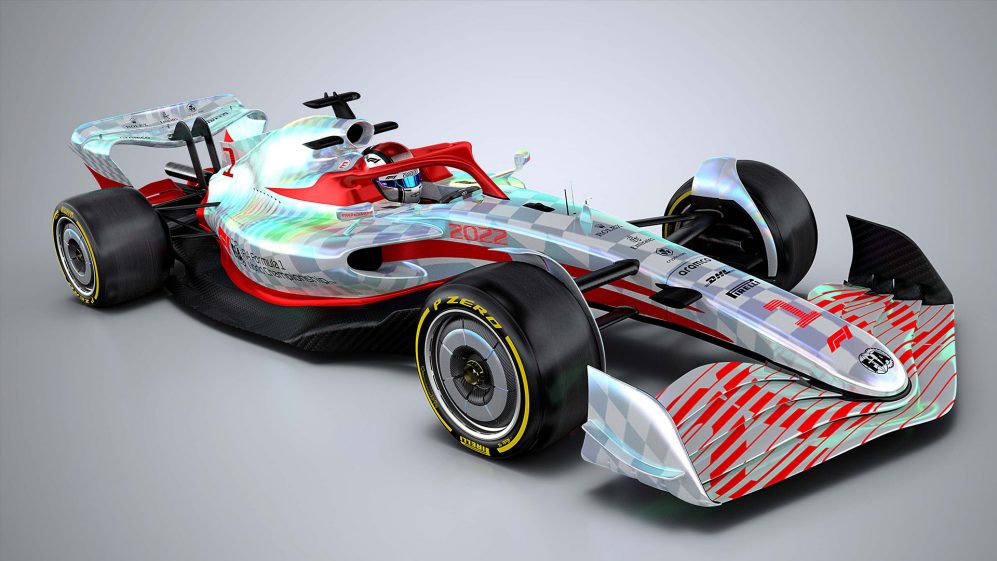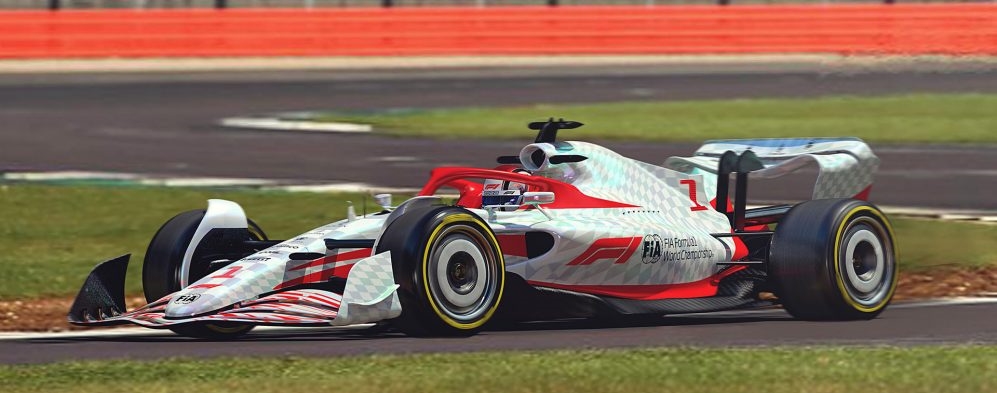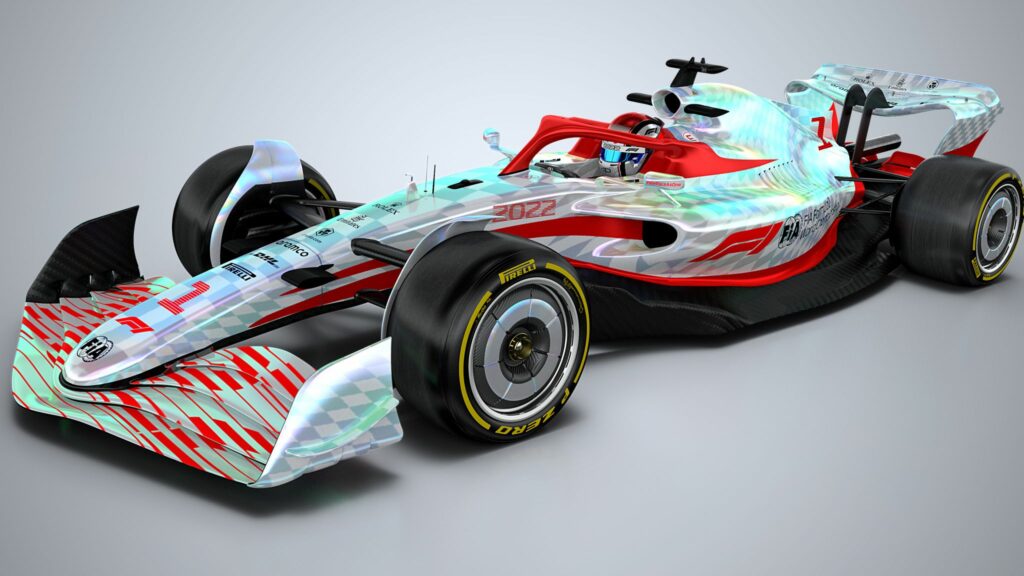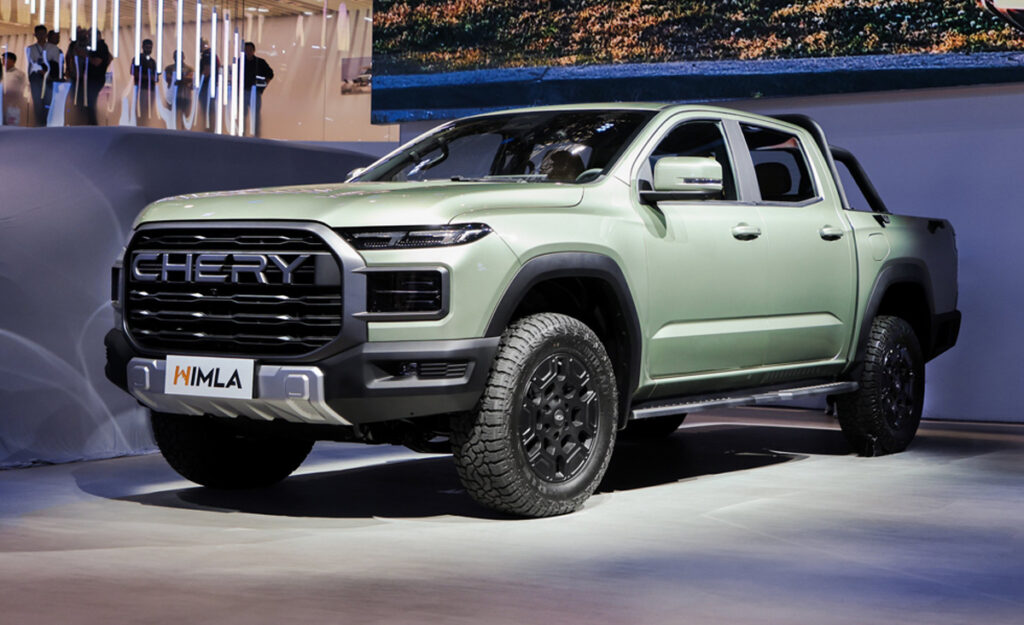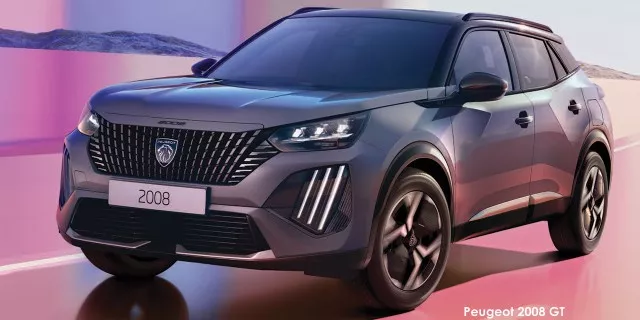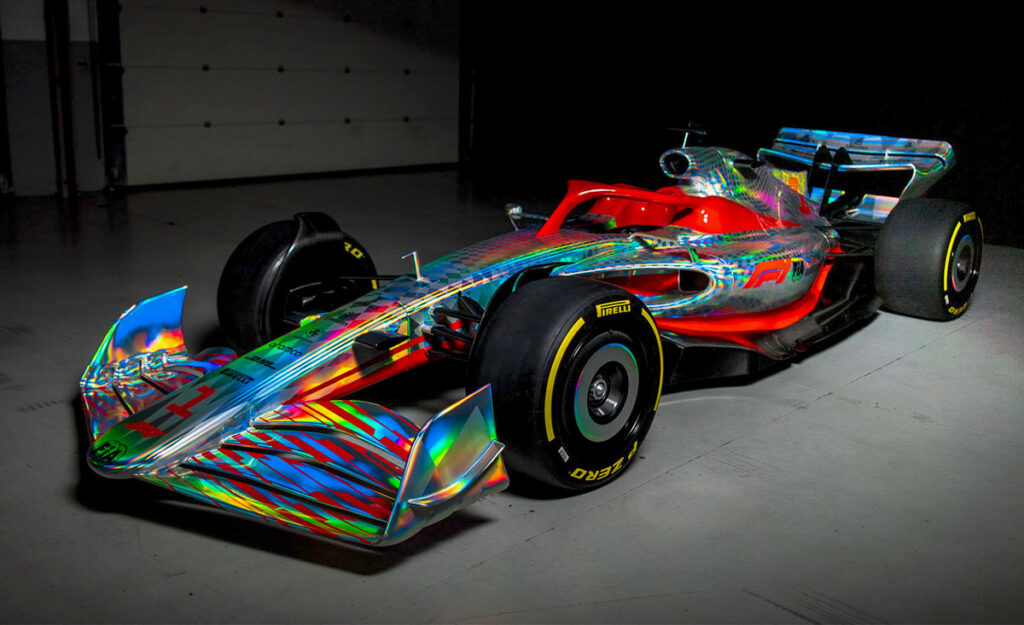
This year is a big one for Formula 1, as an all-new car design with revised regulations has been introduced.
The new car was unveiled at the 2021 British Grand Prix for the first time, but was already under development since 2017.
The development of the new car was guided by the principle of closer racing, said Formula 1.
The new cars should allow racers to drive closer to the car in front compared to 2021, which increases the potential for more overtakes.
Rolled tip wing
A main characteristic of the 2021 F1 cars that prevented closer racing was downforce loss when following cars.
Downforce loss is the result of chaotic airflow being directed off the rear of a leading car, which leaves less “clean air” for the car behind it to drive in.
In 2021, the cars lost approximately 35% of their downforce when running three car lengths (20m) behind a leader, while at one car length losses stood at an astounding 47%.
To help reduce downforce losses to 4% at 20m and 18% at 10m, the new car features underfloor tunnels and “rolled tips” on the rear wing.
The underfloor downforce is better preserved in the tunnels than in the stepped-floor design of before, allowing teams to benefit more from a phenomenon known as ground effect.
Ground effect is a result of air accelerating as it compresses between the ground and underfloor of the car, thus forming a low-pressure zone under the car, thereby increasing the downward-pulling effect.
The rolled tips of the rear wing then create narrower, rotational airflow in the shape of a mushroom – throwing the disrupted air high up, as opposed to the 2021 car which sent it directly back and to the sides.
The drag reduction system (DRS) of the wing remains in place for 2022, as well.
Wheel covers and winglets
The new F1 cars also feature wheel covers and over-wheel winglets that further assist in eliminating chaotic airflow.
The wheel covers minimise disruptive airflow through the wheels, while the new winglets direct the wake coming off the wheels away from the rear wing.
The winglets are replacing the vortices on the front wing that performed the same function in previous years, as they are more aerodynamically resilient in close racing.
Additionally, the 2022 cars will sit on 18-inch wheels with low-profile tyres for the first time.
The F1 tyres are once again developed by Pirelli, with new compounds that reduce overheating when sliding.
Lower-profile tyres bring the added benefit of reduced sidewall deflection and the resulting aerodynamic wake that occurs, further lowering the overall disruptive airflow at the rear of the car.
Nose job
The 2022 F1 cars have a redesigned front wing and nose in a similar flowing pattern to the rolled tip wing.
As with the rest of the car, the new front aims to generate consistent downforce when running closely behind another car – while making sure the front wheel wake is controlled.
The air is sent narrowly down the side of the car as far as possible, compared to the previous-generations that directed airflow more outward or under the car.
The nose has also been made slightly longer to help dissipate energy in the event of a crash.
Environmentally-friendly fuel
Despite all the new advancements in the design of the 2022 F1 car, the 1.6-litre, turbo-hybrid engines from 2021 will remain the powerplant of choice.
Small adjustments in terms of more standard engine components and additional sensors that allow better monitoring by the FIA were added, though.
A big change, however, is what they will run on.
Fuel for the 2022 F1 season must have a bio-component ratio of 10%, compared to 5.75% in 2021. The new fuel mixture contains 10% ethanol, and is named “E10 Fuel”.
Most importantly, the ethanol must be made in a sustainable way and have a near-zero carbon footprint, as this is seen as an “interim step” to introducing fully-sustainable fuel in the future.
Driver safety
Increased driver safety was paramount in the design of the 2022 F1 car, and its chassis must now be able to absorb 48% more energy in the front and 15% more in the rear, as well as greater pressure in “squeeze” tests.
The engine is now also designed to separate from the chassis in a manner that won’t expose the fuel tank, while stronger chassis sides provide better protection from “T-bone” incidents.
These enhancements coupled with the new wheels and tyres attributed to a weight increase of roughly 5% – from 752kg in 2021 to 790kg in 2022.
Simulations
The testing cycles for the 2022 F1 car included approximately 7,500 simulations to ensure optimal performance.
During these sessions, 138 different configurations were experimented with to find the best setup, with roughly 100 hours of “wind on” time in Sauber’s wind tunnel in Switzerland.
These changes went into forming the baseline car for this year, which the respective racing teams will use as a yardstick for building their own versions.
The 2022 F1 season will kick off on 20 March.
